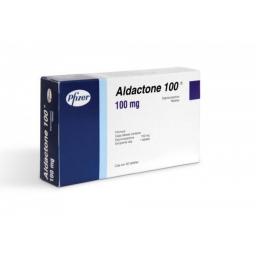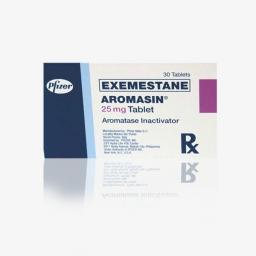Goodpasture’s syndrome (also known as Goodpasture’s disease and anti-glomerular basement membrane disease or anti-GBM disease) was first described by Ernest Goodpasture in 1919. It is an rare condition characterised by rapid destruction of the kidneys and haemorrhaging of the lungs. Although many diseases can present with these symptoms, the name Goodpasture’s syndrome is usually reserved for the autoimmune disease produced when the patient’s immune system attacks cells presenting the Goodpasture antigen, which are found in the kidney and lung, causing damage to these organs.
Signs and symptoms
Most patients present with both lung and kidney disease, however, some patients present with one of these diseases alone. The first lung symptoms usually develop days to months before kidney damage is evident.
Lung disease
Lung damage may cause nothing more serious than a dry cough and minor breathlessness and such mild symptoms may last for many years before more severe ones develop. At its most serious, however, lung damage may cause severe impairment of oxygenation so that intensive care is required. Deterioration between the two extremes may occur very rapidly, often at the same time as rapid deterioration in the kidney. The patient often does not seek medical attention until he or she begins coughing up blood. The patient may be anaemic due to loss of blood through lung haemorrhaging over a long period. In Goodpasture’s syndrome, unlike many other conditions that cause similar symptoms, lung haemorrhaging most often occurs in smokers and those with damage from lung infection or exposure to fumes.
Kidney disease
The kidney disease mostly affects the glomeruli causing a form of nephritis. It is usually not detected until a rapid advance of the disease occurs so that kidney function can be completely lost in a matter of days. Blood leaks into the urine causing haematuria, the volume urinated decreases and urea and other products usually excreted by the kidney are retained and build up in the blood. This is acute renal failure. Renal failure does not cause symptoms until more than 80% of kidney function has been lost. Symptoms include loss of appetite and sickness at first and then, when the damage is more advanced, breathlessness, high blood pressure and oedema (swelling caused by fluid retention).
Diagnosis
Because of the vagueness of early symptoms and rapid progression of the disease, diagnosis is often not reached until very late in the course of the disease. Kidney biopsy is often the fastest way to secure the diagnosis and gain information about the extent of the disease and likely effect of treatment. Tests for anti-GBM antibodies may also be useful, combined with tests for antibodies to neutrophil cytoplasmic antigens, which are also directed against the patient’s own proteins.
Pathophysiology
As with many autoimmune conditions, the precise cause of Goodpasture’s Syndrome is not yet known. It is believed to be a type II hypersensitivity reaction to Goodpasture’s antigens on the cells of the glomeruli of the kidneys and the pulmonary alveoli, whereby the immune system wrongly recognises these cells as foreign and attacks and destroys them, as it would an invading pathogen.
Treatment
Like many autoimmune diseases, Goodpasture’s syndrome responds well to treatment with corticosteroids and immunosuppressants, however, the side effects of these can be serious, including as they do increased risk of infection, which may accelerate the progression of the disease. The concentration of anti-GBM antibodies in the blood may be reduced by apheresis to remove blood plasma and its replacement with an isotonic salt and protein solution. This course of treatment usually lasts between three and six months.
Antibiotic treatment of lung infection and stopping smoking may also help to reduce lung haemorrhaging.
However, none of these can reverse permanent kidney damage and so for patients who have suffered this, renal transplant once the disease has subsided may be the only option.
Epidemiology
Goodpasture’s syndrome is rare. In European populations between half and one case presents per million people per year. It is rarer than this in non-European populations. While cases have occurred in patients between the ages of 4 and 80, it is most common between ages 18 and 30 and again between 50 and 65. Men and women are equally affected.
Prognosis
In the 1970s, Goodpasture’s syndrome was most often fatal, but due to advances in diagnosis and treatment deaths are less common now. Death from lung haemorrhage may occur before the diagnosis has been made or in the initial stages of treatment before it has been properly controlled. With treatment, however, the patient can usually recover completely from lung damage. Kidneys, though, are less able to repair themselves and patients with kidney damage must often resort of a life on dialysis or kidney transplantation. Even with the best management there is still a significant mortality from renal failure, particularly if the patient is otherwise in poor health. It must also be remembered that the immunosuppressive treatment many patients are put on increases their risk of infection with a number of serious or fatal diseases.
Legal Steroid Products Sales
Tren-E 200 (2ml)
|
Aldactone 100 mg
|
Exeplex
|


